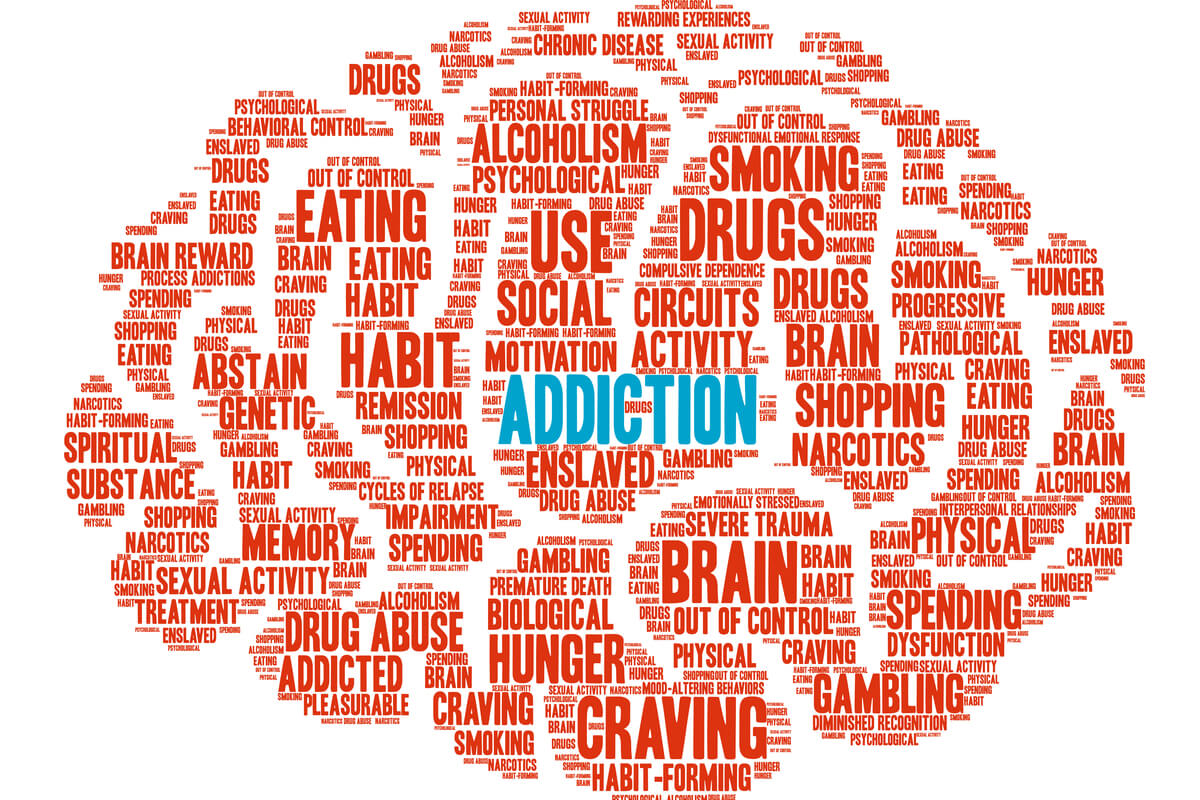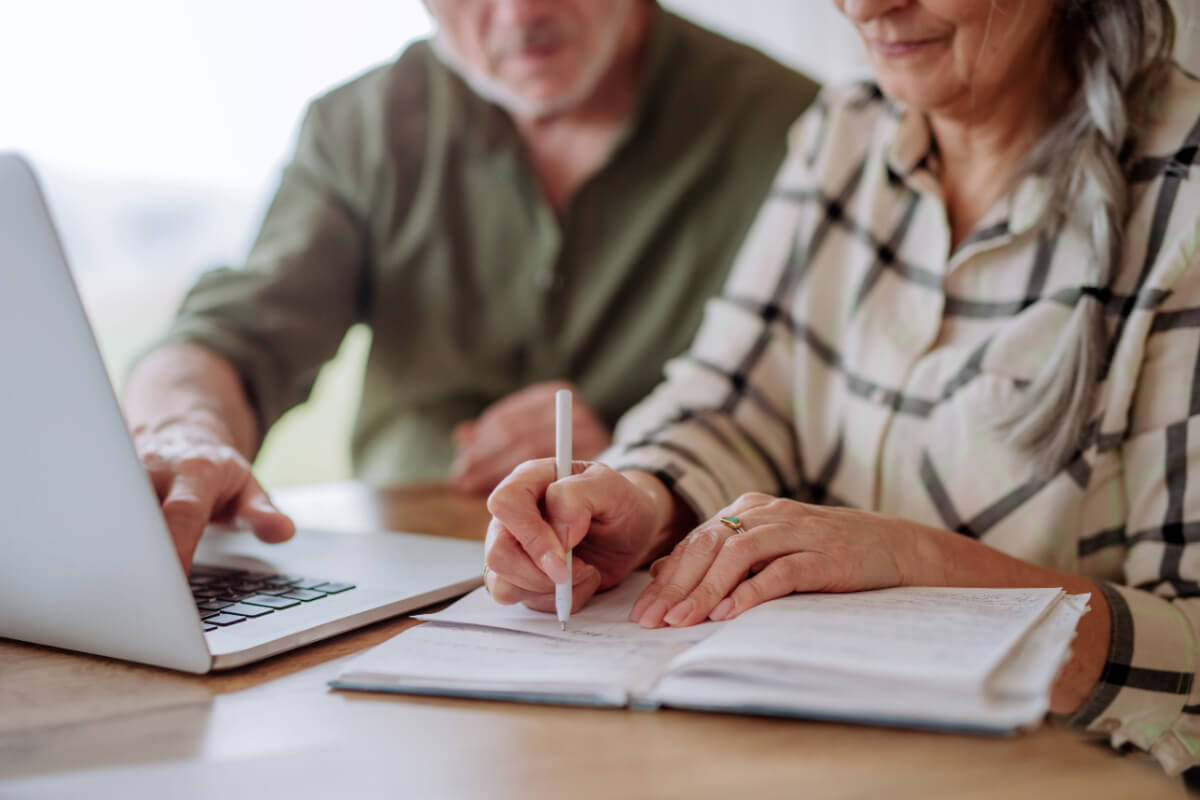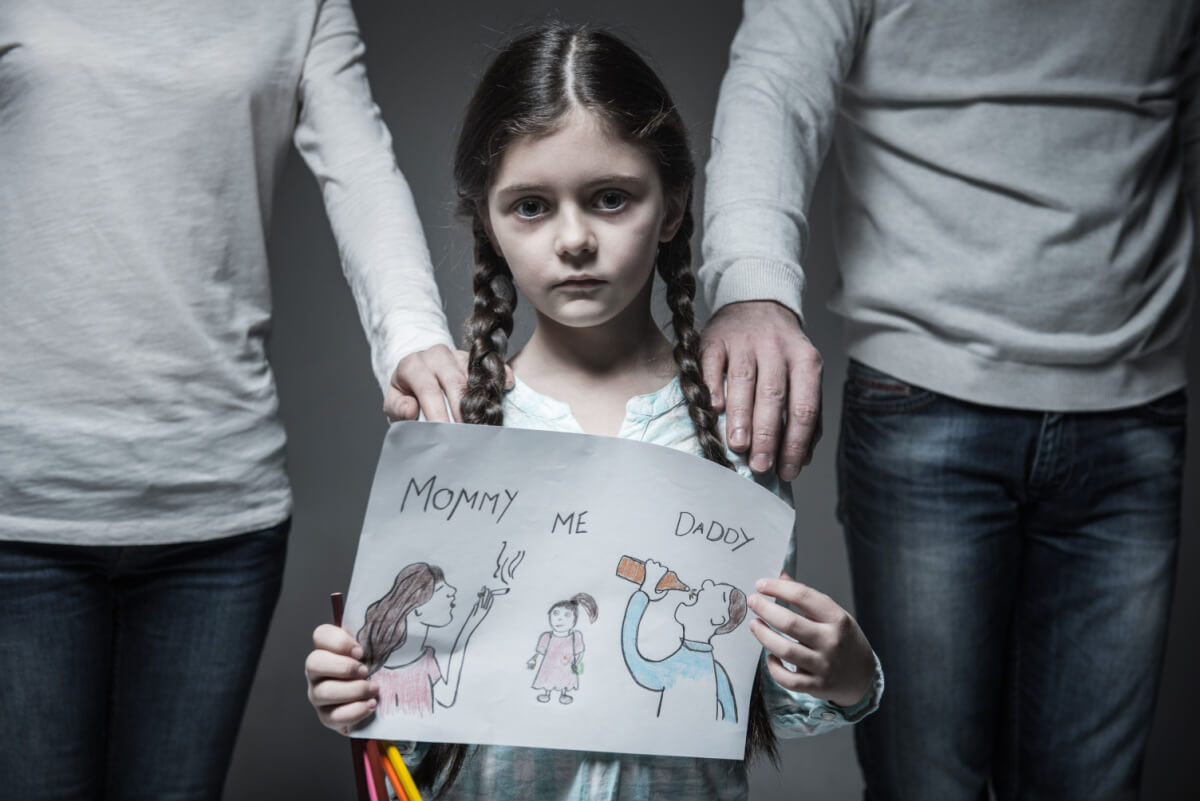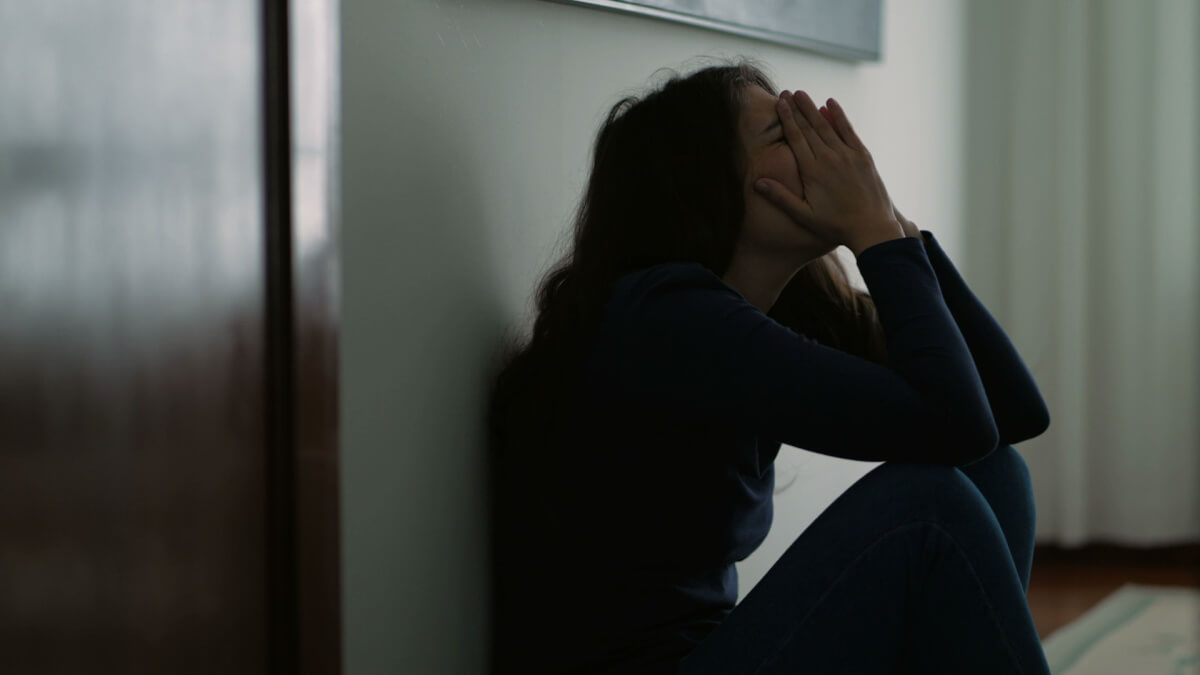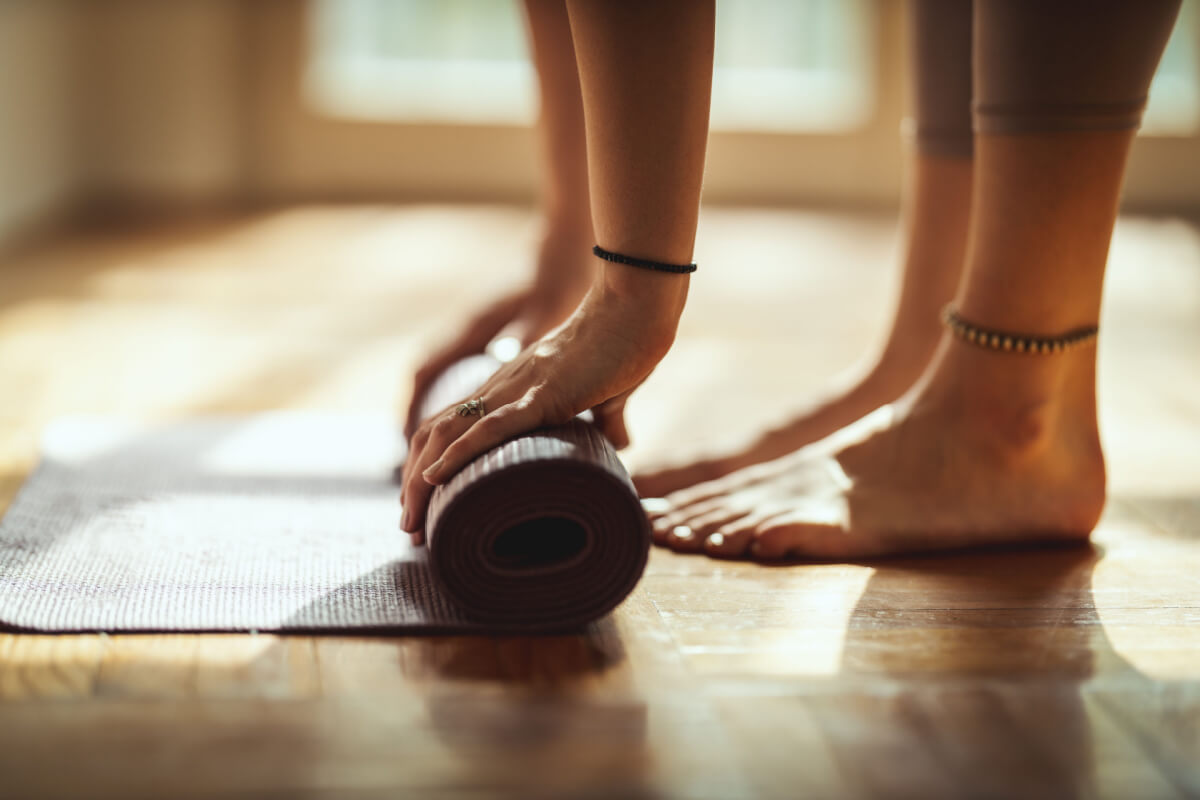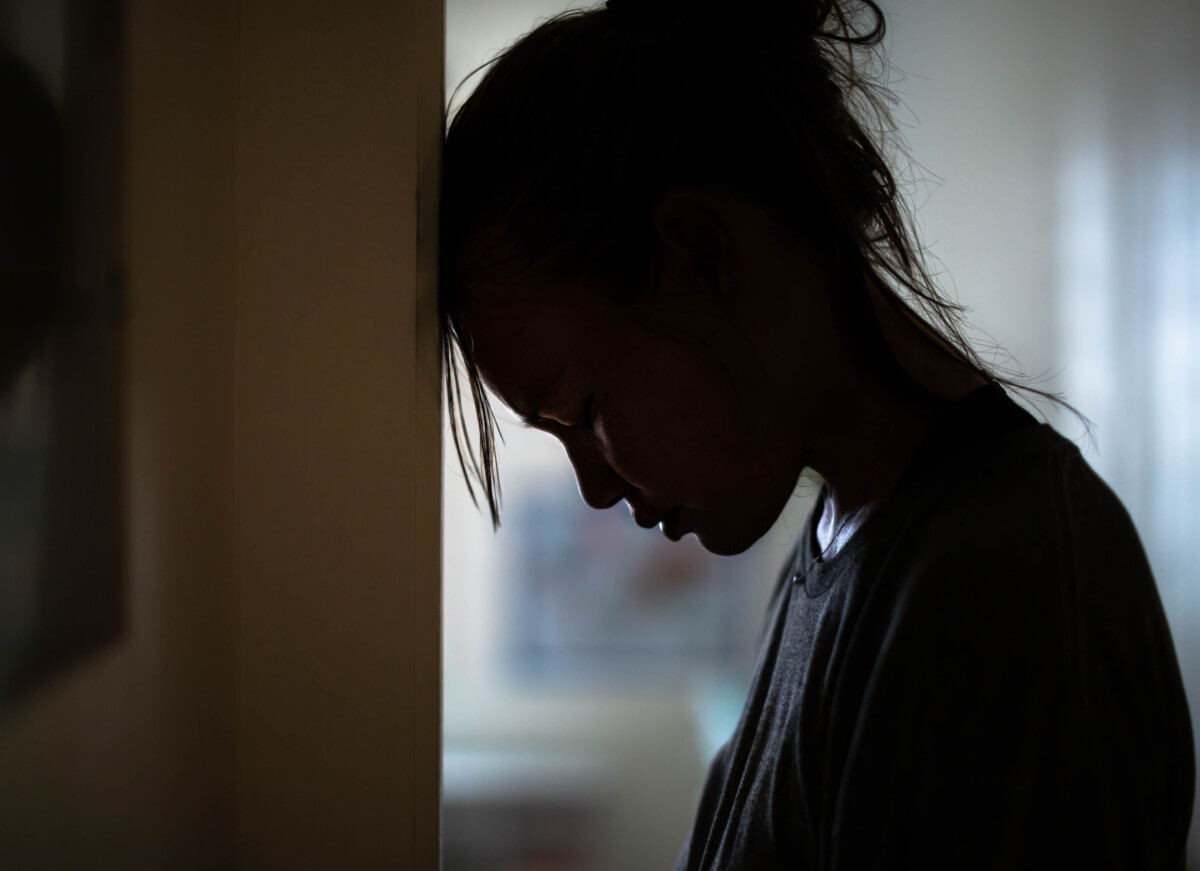
Relapses are never ideal in recovery, but for many, they play a large role in rebuilding a strong foundation in sobriety. They can become a learning experience and a growth opportunity. They are not a failure, and they never have to be the end of the road in recovery.[1]
It is important, however, never to gloss over the significance of a relapse. Each relapse has the potential to be fatal, so it must be taken seriously. Address what happened during the relapse and what happened prior that may have triggered it in the first place.
After a relapse, eight essential steps should be taken to prevent another in the future.
Understanding Relapse
In the context of recovery from a substance use disorder (SUD), relapse refers to the act of misusing drugs or alcohol, whether it is a single use or a period of returning to active misuse.[1]
While there are different types of relapse in the addiction community (such as mental, emotional and physical), most people are referring to the physical use of drugs or alcohol when they use the term. The mental and emotional issues that occur beforehand are usually called triggers.
No matter how you define it, relapse is dangerous when it means exposure to a toxic substance. A person who relapses may use the same amount of drugs or alcohol that they used prior to attempting recovery. After a period of abstinence, the pre-recovery dose may be overwhelming and accidentally cause an overdose, which can be fatal.
Common Triggers for Relapse
Some common triggers for relapse include the following:[2]
- High stress: Even low-level stress can feel intense to someone in recovery. No matter the cause, it can trigger the urge to numb the stress with drugs and alcohol.
- Uncomfortable emotions: Anger, heartbreak, sadness, grief, fear and depression—any emotion or mental health issue can cause someone in recovery to want to escape by using a substance.
- Being around people who are drinking or using: Whether at a bar or in someone’s home, if other people are drinking or getting high, it can be difficult to avoid the temptation to join them.
- Dealing with people who encourage relapse: Spending time with people who do not support recovery can be triggering, especially if they try to push someone in recovery to drink or get high.
- Big events: Celebratory events like weddings or sad events like funerals can cause someone to want to join others who are drinking because it feels like a good excuse.
- Overconfidence in one’s ability to stay sober: Though it may seem counterintuitive, feeling overly confident about one’s ability to stay sober and withstand temptation can mean that the person ends up in triggering situations too often.
- Fending off withdrawal symptoms: If someone experiences withdrawal symptoms during detox, the intensity of the symptoms may lead to relapse, even though they want to stay sober. They may use it again simply to make the symptoms go away.
- Lack of community and support: Recovery can be lonely if all your friends are still actively using. A community of support and encouragement can help to prevent relapse.
Recognizing Relapse
The need for self-awareness when it comes to recognizing the signs of relapse cannot be overstated. There are a number of issues and triggers that can occur prior to a relapse, and if they are noticed in time, preventative action can be taken.
Some signs and symptoms of relapse include the following:[3]
- Intense cravings for drugs or alcohol
- Engaging in behaviors that are an obvious risk to sobriety (such as going to bars or hanging out with people who drink or get high)
- Neglecting treatment, including group therapy sessions, AA meetings and other forms of care
- Choosing not to prioritize self-care and hygiene
- Feeling extreme changes in emotion that feel uncontrollable or disrupt one’s ability to manage responsibilities at work, home and in relationships
- Spending a lot of time alone
- Downplaying cravings or risks of relapse
Recognizing these symptoms for what they are as early as possible can provide the opportunity for early intervention and the implementation of healthy coping mechanisms, helping you to avoid relapse.
Getting Back to Sobriety: Steps to Take After a Relapse
There is a lot to be learned from a relapse. To guard against it happening again, it’s important to do the work to figure out what happened and what can be done differently in the future.
Follow these eight steps if you have experienced a relapse:
Step 1: Seek Support
First, reach out to someone you trust to share your experience. Finding support as soon as possible is a critical first step in getting back on track. Ideally, this means reaching out to a medical professional who is supporting your recovery, such as a therapist, doctor, or detox specialist.[4] Otherwise, a sponsor or friend in recovery may be a good choice.
Step 2: Cope With Guilt & Shame
It is normal to feel some amount of guilt or shame over a relapse, especially when it comes to telling other people about what happened. However, the urge to cover it up or pretend it didn’t happen will only lead to another relapse, so it is not a viable solution.
Instead, this situation is an opportunity to practice self-compassion. Give yourself grace, and acknowledge that recovery is hard and you are human. Admitting to another person what has happened is an act of vulnerability. Getting comfortable with uncomfortable emotions and situations is a big part of growing in recovery.[5]
Step 3: Manage Stress & Anxiety
One of the biggest contributing factors to relapse is stress and anxiety. It is not easy to transition into a new life, make new friends, and potentially get new employment under the best of circumstances. In recovery, you’re asked to do all that while dealing with significant mental health issues, potential physical ailments and lower self-confidence due to SUD.
It’s normal to feel stress and anxiety, but it’s important to learn how to manage it without relapse. For this reason, stress management techniques and relaxation methods can be good tools in your belt to keep your stress levels low and help you avoid relapse next time.
Step 4: Take Time for Self-Reflection
This can give you time and space to reacclimate to sobriety and recover from your relapse. It also gives you the opportunity to learn and grow from the experience.
Assess what your triggers for relapse and when they started. You can begin to identify negative thought or behavior patterns that you can change going forward to reduce your risk.
Step 5: Reevaluating Goals
When you embarked on your recovery, you likely had goals and reasons for putting your drug misuse in the past and starting a new life in sobriety. After relapse, it can be helpful to go back to those goals and re-evaluate them to determine if they are still accurate and serving you.
In many cases, if relapse has occurred, your goals require adjustment. It may be necessary to create more realistic goals that you can achieve that will also aid your progress in recovery.[6] For many, the goal is not to focus on a lifetime of sobriety, but to focus on avoiding relapse just for today.
Step 6: Develop Healthy Habits
Healthy habits are an incredibly important part of recovery. They make it much easier to make positive choices and see things clearly, yet it can be tough to prioritize the basic habits that can be life-changing.
Some healthy habits to focus on as you ease back into recovery include the following:
- Get a good night’s sleep every night, go to bed and get up at the same time.
- Drink lots of water throughout the day, and limit caffeine and sugary drinks.
- Eat a few servings of vegetables throughout the day
- Get regular exercise even if you are usually sedentary, starting with something simple and easy like walking or yoga.
- Go to the doctor and get baseline blood tests, an STD check, and other age-appropriate screenings to make sure you don’t have any vitamin deficiencies or underlying medical issues that require treatment.
- See the dentist for regular checkups.
Step 7: Anticipate New Challenges
Once you’ve done the work of determining how and why the relapse occurred, apply that knowledge to the future. Consider upcoming events, current patterns in your schedule, relationships and other potential issues that could possibly cause another relapse.
By predicting future challenges, you can help to make the road to recovery a little less bumpy. While there is no guarantee that you won’t relapse again, these changes can make it less likely.
Step 8: Stay Positive
Recovery is not easy. A relapse doesn’t indicate that you are failing; it’s just a sign that more work needs to be done on the systems you have in place to support you on your journey.
No matter what, stay positive, remember that you are human, and know that everyone faces challenges from time to time—not just in recovery but in life in general. We all need support.
A Path Forward
If you have relapsed, avoid trying to push the event under the rug. Instead, explore why it happened and how you can prevent it in the future with the support of a therapist or other addiction treatment professional.
Follow the eight basic steps above to get back on track on a personal level. Seek support, and engage in self-reflection. Decrease stress, aim to cope with shame or guilt, and manage anxiety better. Take time to evaluate your goals, and plan for challenges. Make changes in your habits to support optimum health as you adjust to a renewed focus on recovery.
Along the way, a positive attitude can help to make the road back to recovery as easy as possible. Relapse is part of the journey to sustained recovery. Use it to reaffirm your goals and build the foundation for a better future.[7]

Reviewed By Peter Manza, PhD
Peter Manza, PhD received his BA in Psychology and Biology from the University of Rochester and his PhD in Integrative Neuroscience at Stony Brook University. He is currently working as a research scientist in Washington, DC. His research focuses on the role ... Read More
- Understanding alcohol or drug lapse or relapse. U.S. Department of Veteran Affairs. Accessed January 22, 2024. https://www.veteranshealthlibrary.va.gov/RelatedItems/142,UG4863_VA
- Asensio S, Hernández-Rabaza V, Orón Semper JV. What is the “trigger” of addiction?. Frontiers in Behavioral Neuroscience. 2020;14. https://doi.org/10.3389/fnbeh.2020.00054
- Reducing relapse risk. Whole Health Library. U.S. Department of Veteran Affairs. Accessed January 22, 2024. https://www.va.gov/WHOLEHEALTHLIBRARY/tools/reducing-relapse-risk.asp
- Guenzel N, McChargue D. Addiction relapse prevention. National Institutes of Health. Published December 8, 2019. Accessed January 22, 2024. https://www.ncbi.nlm.nih.gov/books/NBK551500/
- Melemis SM. Relapse prevention and the five rules of recovery. The Yale Journal of Biology and Medicine. 2015;88(3):325-332. https://www.ncbi.nlm.nih.gov/pmc/articles/PMC4553654/
- Magill M, Martino S, Wampold BE. Goal setting and monitoring with alcohol and other drug use disorders: Principles and practices. Journal of Substance Abuse Treatment. Published October 2021:108650. https://doi.org/10.1016/j.jsat.2021.108650
- Recovery is for everyone: Understanding treatment of substance use disorders. Centers for Disease Control and Prevention. Published September 6, 2022. Accessed January 22, 2024. https://www.cdc.gov/drugoverdose/featured-topics/recovery-SUD.html
Download Our Free Program Guide
Learn about our program, its effectiveness and what to expect
Related articles
Imagine what’s possible on the other side of opioid use disorder.
Our science-backed approach boasts 95% of patients reporting no withdrawal symptoms at 7 days. We can help you achieve easier days and a happier future.

